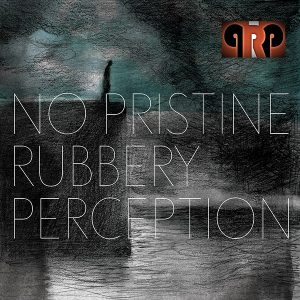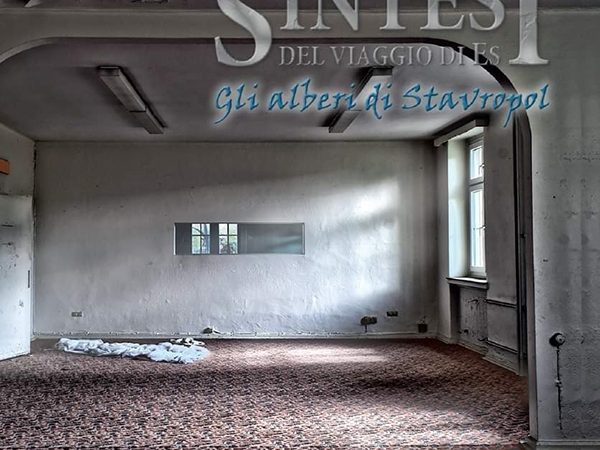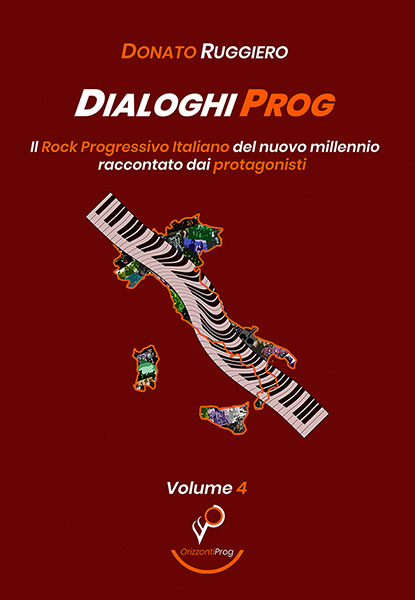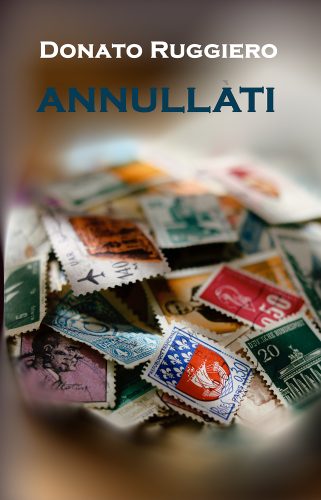 PRP
PRP
No Pristine Rubbery Perception (2021)
Inverse Records
PRP, in other words, Petteri Kurki (vocals, guitars, synths, basses, drum and percussive composing and programming) and Rami Turtiainen (vocals, guitars, synths, drum and percussive composing and programming), after a first glimpse offered in 2017 (“Rubber Sun”), finally reach the “goal”.
Born as a side-project of Grus Paridae, a project created by the Finnish duo themselves, the “rib” has incredibly managed to overcome the “parent” and release a full-length album. So, here’s No Pristine Rubbery Perception, a work that, starting from the idea of giving space to more (prog) rock songs than Grus Paridae’s ones, finds its dimension among atmospheres with strong dark tones, excellent interlacing of strings and synths, voices and rhythms always in tension. PRP offer seems to reveal itself as a compact, cohesive, but highly delicate material, the sounds are decisive, sharp, but can change skin becoming softer. And thanks to these characteristics, the two are able not to fossilize themselves in one musical genre but to explore and mix different ones: this is how we find ourselves among psychedelia, new wave, progressive rock and more. And the whole is “sealed” also by a touch of mystery, of ambiguity, which fully revives also in the artwork by Johanna Luoma-Tuominen.
Rubber Hands, Pt. 0 – Prelude of the Distant Past. All very ethereal, almost impalpable, the path of the opening track of No Pristine Rubbery Perception, with brushed guitars and delicate electronic touches, all a bit Floydian.
Rubber Hands. And after the trance-like state of Pt. 0, the sudden shattering of glass shatters our state of “suspension” and we are catapulted into a whirling game of rhythms and guitars, with effected singing well inserted in the context. And the tension is always high thanks to the sharp solutions offered by Kurki and Turtiainen’s strings and the steady pace of the rhythms.
With a new wave touch, No starts off, keeping it firm even when the singing takes over, a bit Joy Division and a bit The Cure. And when the song “swells”, there are interesting flashes that slightly recall Yes and Blackfield. Then everything flows away with the usual excellent solo guitar work and the remarkable pace of drums and bass.
Placid begins Rubber Hands, Pt. II, with its slow, enveloping, hypnotic journey involving synthesizers, guitar and then vocals. The dramatic Brian May-style solo emerges almost halfway through to break it all up. “Heatstroke” at the end.
A “gentle clash” between piano and guitar occupies the first bars of Exp, before the last one takes over. And the song takes off, then glides into antithetical moments, first fabulous and then gloomy. The two protagonists move forward without any problem, alternating on the scene and performing one of the highest moments of the album.
A guitar embroidery, a little bit Jethro Tull and a little bit PFM, starts It’s Never Always. And with this soul between folk and acoustic, we go on until the strings attract drums and keyboards and the song gains in intensity, until it comes back, completely, in the hands of the acoustic guitar.
The start of Rubber Hands, Pt. III – The Sea of Streets is decidedly aggressive, with its whirling guitars, rhythms and voices, before plunging for a moment into the anguished sensation of being surrounded by ghosts (a sensation that comes back even further). Halfway through the track, a The Mars Volta-esque outburst revs up the song, which then progresses between gallops and moments of calm.
Bonus Track – SunSon is full of tension and mystery, its pace is quite intense and the guitar playing becomes hypnotic in the long run. The acoustic then tries (twice) to sweep everything away but it’s an unequal fight and the darker element easily gets the better of it. The use of voices is perfectly centred and the psychedelic “drifts” do not spoil the total picture.
Rami Turtiainen and Petteri Kurki had already shown their great skills with the EP “Rubber Sun” (and with Grus Paridae). With this work they have definitely made a qualitative leap forward.









Leave a Reply